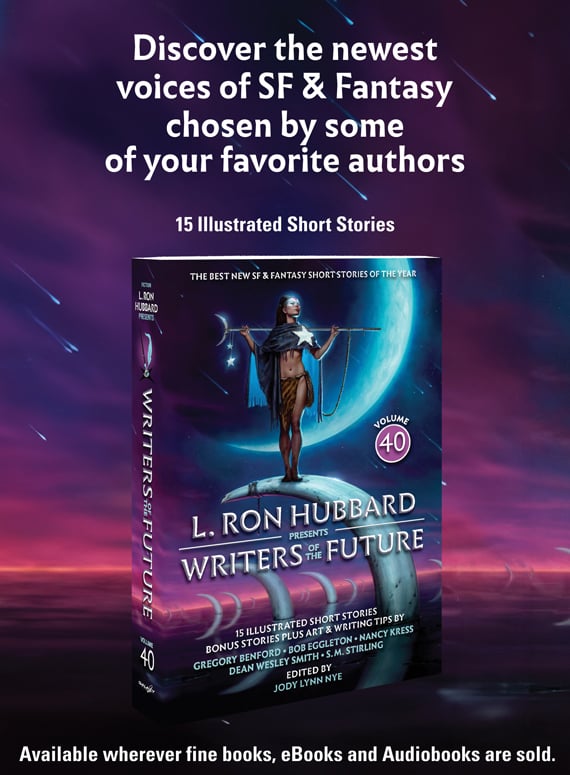Introduction to Literary Journalism Assignment
Reviewing a Big Anthology
Word limit
350 words exactly
Guidelines
This endeavour may pose intriguing methodological problems for the reviewer, experienced or novice. Should we review the editor? Individual writers? Is there any point in including plot summaries of certain stories? Should we mention what’s been left out by a biased editor?
You will need to draft and revise; schedule your time wisely. Some anthologies – for example, The Oxford Book of Stories by Canadian Women in English – may run over 500 pages. You must read the whole book before you draft. This way, you will glean a sense of the editor’s – for example, esteemed literary biographer Rosemary Sullivan’s – entire vision for the book. Tone is of utmost importance. This is not the time nor the place for smart-aleck asides or academic jargon.
Your review should include
• The facts of publication (see Assignment 1: Moratorium on Luminosity: Reviewing Linked Short Stories).
• A statement of the book’s purpose and scope.
Be as objective as possible (a quote from the Introduction can help here). Do not fault the editor for not including your favourite stories. Many anthologies are intended for post-secondary educational markets. If your text seems otherwise, be sure to mention another possible readership.
Right: Sullivan aimed to form “a collective narrative of women’s experience” and she has compiled classic stories from 50 of Canada’s most prominent women story writers, from Catharine Parr Traill and Sara Jeannette Duncan to Lynn Coady and Shree Ghatage. It is a far-reaching and commanding collection.
Wrong: Sullivan has chosen from 100 years of stories and so depicts Canada’s move from colony to après-colony. Sadly, she includes only one writer under 40 years old. Elise Levine, Eden Robinson, Gail Anderson-Dargatz, Caroline Adderson, among many other hot, driven short story writers, are not part of Sullivan’s loaded canon.
• A summary of the book’s contents.
This should not simply be a list. Be selective. The typical length limit of a book review will not allow you to mention or summarize more than a few of the anthology’s inclusions. Therefore, try to generalize. Also, when classifying, use meaningful divisions: avoid irrelevant categories, no matter how interesting or significant these might be to you.
Right: Sullivan has been careful to include work by native writers such as Beth Brant; black writers such as Dionne Brand; lesbian writers such as Gail Scott. In this way, the stories reflect the diversity of women: their relationships, geographical regions, histories, and desires.
Wrong: Some of the 20 writers included who were born 60 or more years ago: Atwood, Harvor, Thomas, Shields, Engel, Rule, Munro, Laurence, Gallant, Watson, Wilson, etc. Number of writers from British Columbia: 10 if you count E. Pauline Johnson.
• An evaluation of the book’s strengths and weaknesses.
You can either review the anthology or review the stories.
Reviewing the anthology (be fair and specific; review what is there; avoid
rhetorical questions).
Right: Sullivan’s choices result in a delightfully thorough survey of the history of not only Canadian women’s writing but also women’s domestic lives. If read as a whole, though, the stories too often share style and sentence structures, which weaken the effect of each story: too much of a good thing. When Marlene Nourbese Philip’s “Burn Sugar” appears, the dance of dialect is a riveting relief.
Wrong: How can any collection capture the kaleidoscopic range of writing by women in this country? How can one editor possibly be attuned to all of the styles and forms and tricks and treats? Unbeknownst to Sullivan, metafiction is no longer the outer limit of experimentation.
Reviewing the stories (be fair and specific; review what is there; avoid rhetorical questions).
Right: Many of Sullivan’s choices reflect the eloquence and depth of the Canadian short story: Cynthia Flood’s structurally nuanced “My Father Took a Cake to France” and Sheila Watson’s “Antigone” are crafted and original and perpetually amazing. Some – works by Emma Lee Warrior and Himani Bannerji and others – may provide political scope but are weak stories made weaker by comparison.
Wrong: I love Linda Svendsen’s “White Shoulders” but I’d rather see her equally fine but less frequently anthologized “The Edger Man.” Maybe the word “man” in the title nixed its inclusion.
Caution
Do not think you can fool readers with a clever style to disguise your inability to take a position. Readers deserve to know if your evaluation is positive or negative in order to make important book-buying choices. Be forthright in stating an opinion. We will discover strategies to conceal personal bias in Assignment 3: “What About My Story?”: Reviewing the Journey Prize Anthology.
The Oxford Book of Stories by Canadian Women in English
 Contact us via email
Contact us via email


